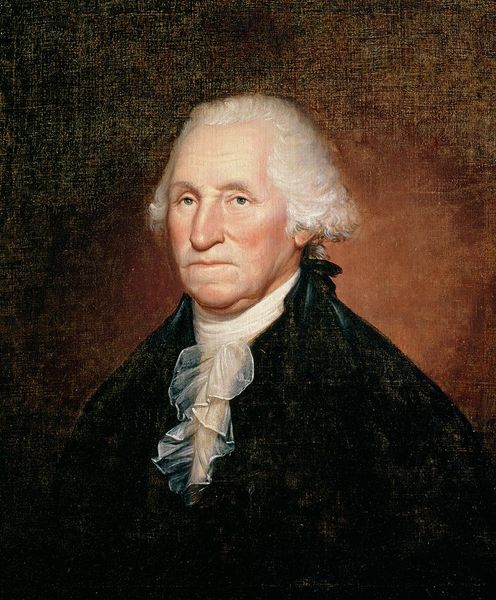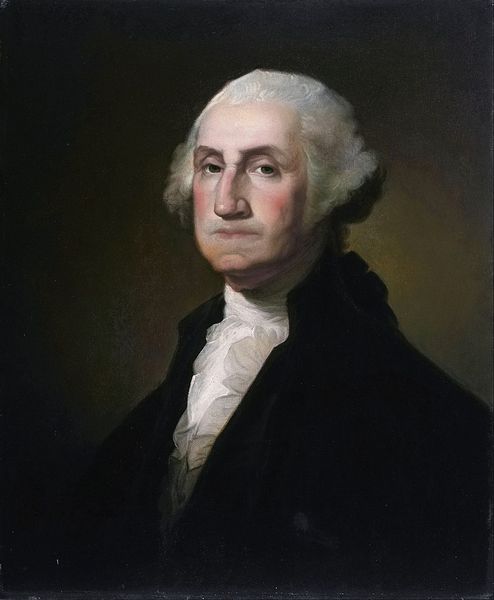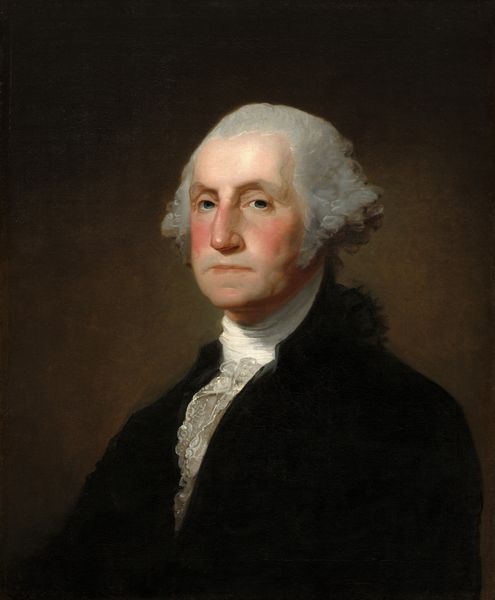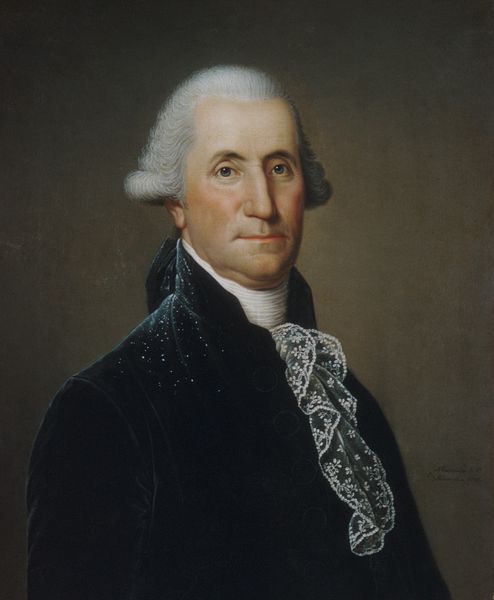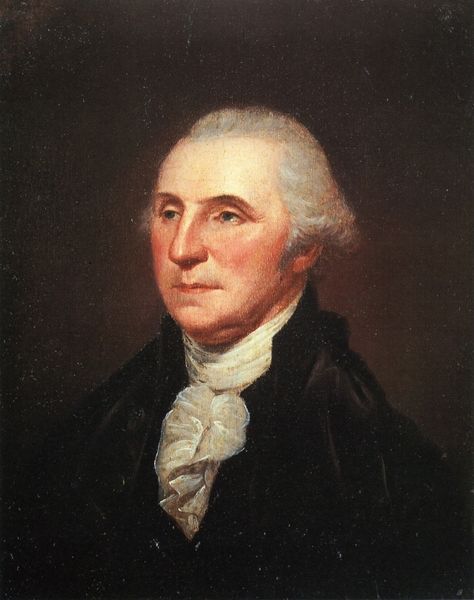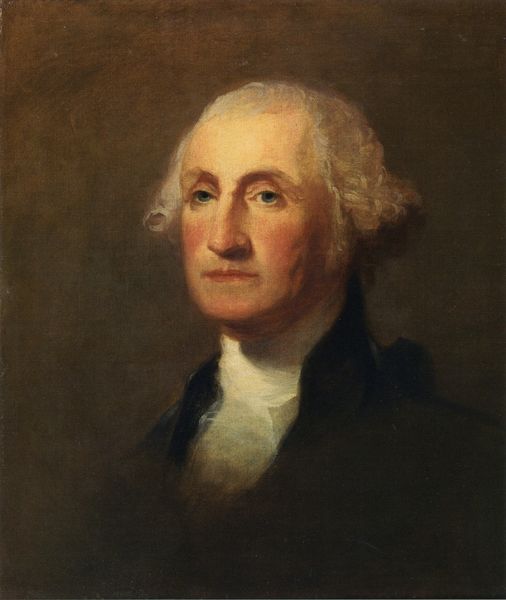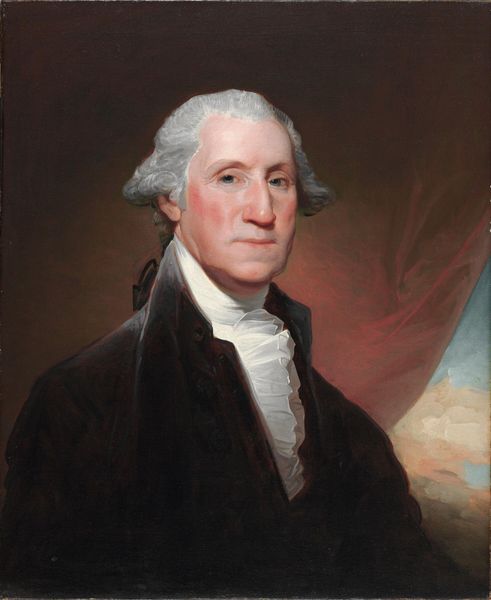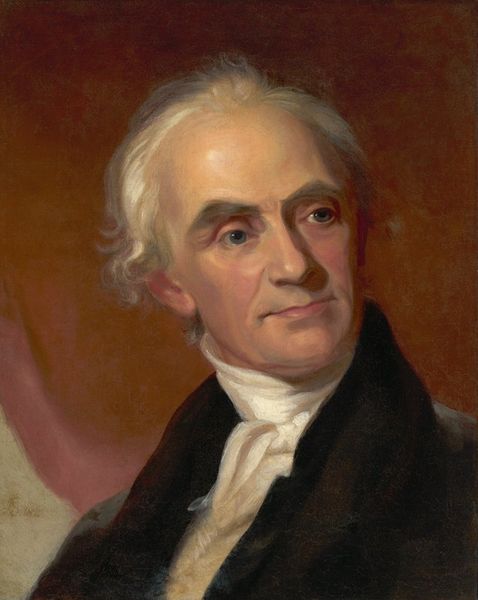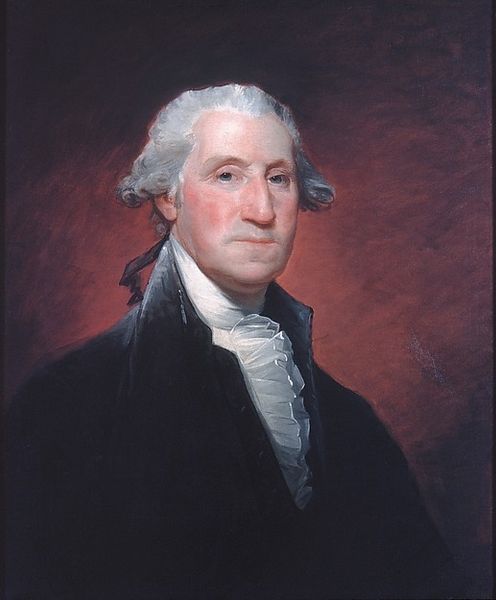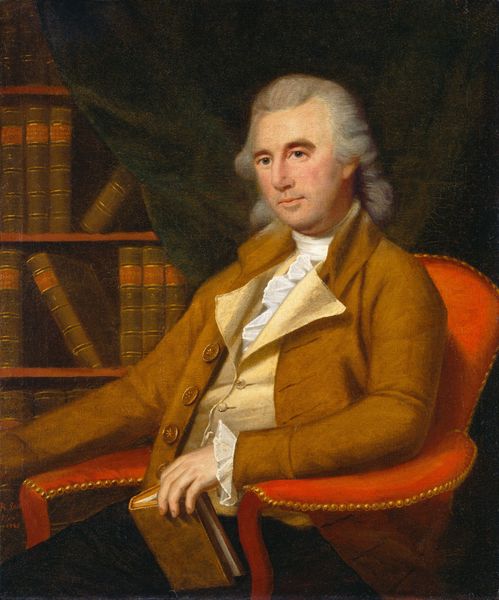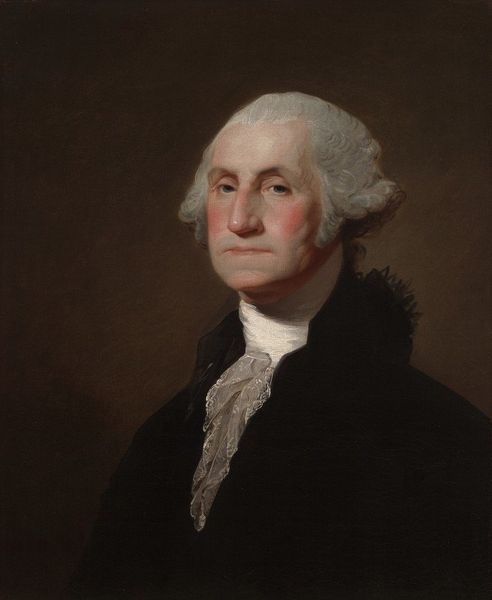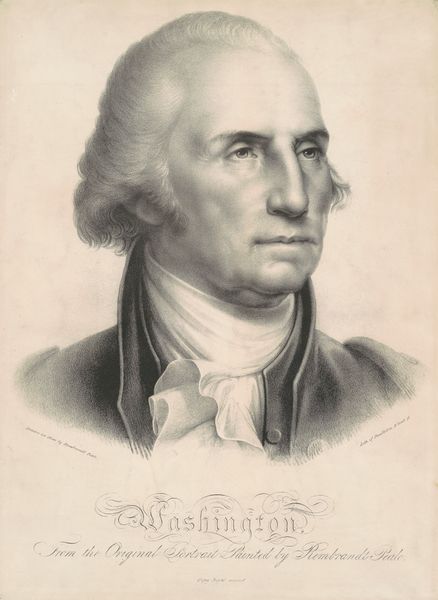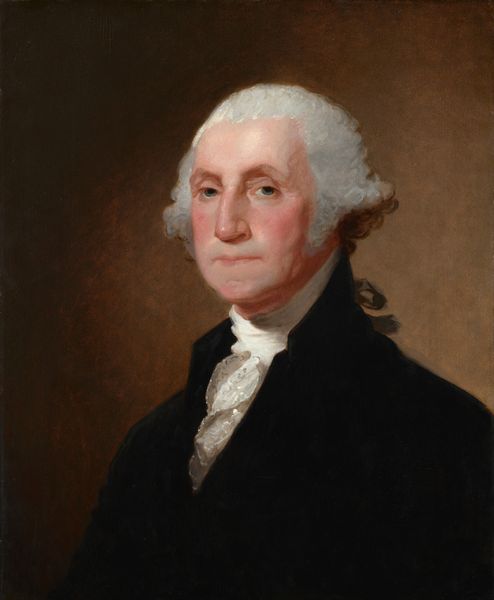
painting, oil-paint
#
portrait
#
painting
#
oil-paint
#
male portrait
#
intimism
#
rococo
Copyright: Public domain
Editor: Here we have "Jean Monnet," an oil painting by Maurice Quentin de La Tour, made during the Rococo period. There's something very immediate about it; it feels less formal than many portraits of the era. What do you see when you look at this portrait? Curator: The directness is certainly striking. This isn’t the rigid, allegorical portrayal we often associate with depictions of power. I’m drawn to the way his gaze seems to hold both intelligence and a touch of weariness. It suggests a person shaped by experience, not just by inherited status. Consider how symbols were changing then; it shows humanity rather than deified power. Editor: I see that, yes. His expression really dominates. I’m also curious about the slight flush in his cheeks. What does that signify, if anything? Curator: Interesting observation! That warmth humanizes him, doesn’t it? It subtly subverts the aristocratic ideal of impassivity. La Tour seems intent on revealing Monnet as an individual, prone to feeling. It reminds us that these were real men; consider if those color tones elicit any emotion? Perhaps, approachability? Or something else? Editor: That’s a really great way of thinking about it! The symbols used were really starting to evolve towards humanity! Curator: Precisely. The portrait operates in a transitional visual language; It balances established codes of representation with an emergent emphasis on individual character and psychological nuance. Consider this work and others as keys unlocking a changing society!
Comments
No comments
Be the first to comment and join the conversation on the ultimate creative platform.
